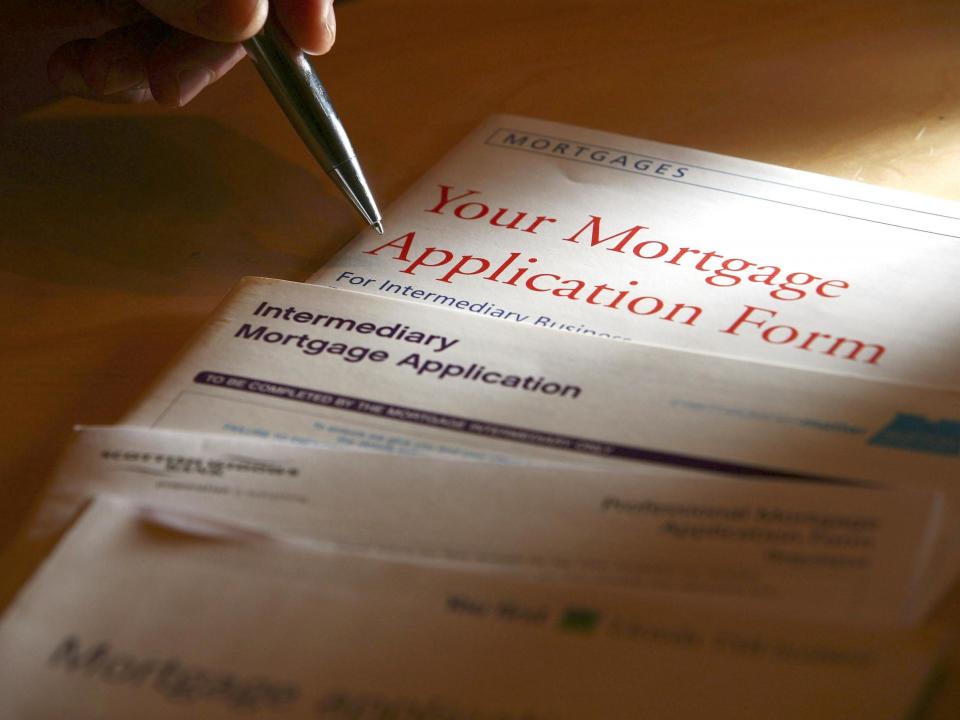Negative interest rates: what are they for and what would they mean for you?

The Bank of England has written to high street lenders asking them how ready they are to implement negative interest rates.
The move has fuelled further speculation that the Bank is preparing to push its main interest rate into negative territory for the first time in its 326-year history.
It’s far from certain to happen and some analysts still think it’s unlikely.
But what would the point of it be?
And what would negative rates mean for the finances of ordinary people if it actually happened?
What would the point be?
The essential logic of sending interest rates negative is the same as cutting rates in normal times: to encourage lending and spending across the economy by households and businesses.
If cutting rates from 4 per cent to 2 per cent stimulates the economy cutting them from 0 per cent to -2 per cent should do the same.
There’s an obvious problem with that in the current circumstances because, thanks to the ongoing lockdown, most people and firms are still physically unable to spend as they normally would.
Yet some argue negative rates would be useful later in the year when the UK lockdown has eased and the monetary stimulus can be transmitted.
Would it work?
The Danish Central Bank went negative in 2012, followed by the European Central Bank in 2014 and the Bank of Japan in 2016.
The overall economic results in the eurozone and Japan have not been spectacular, although advocates say the performance would have been worse without it.
Some research suggests negative rates have been counterproductive, because they damage the profitability of private commercial banks (the likes of Lloyds, the Royal Bank of Scotland and Barclays) and prompt them to restrict credit rather than expand it.
Harm to the profitability of commercial banks and building societies is the argument that the Bank of England has used in recent years to reject proposals for negative rates.
But it’s fair to say the economic evidence is contested by economists.
How would ordinary savers feel the impact?
Negative rates effectively mean a fee charged (rather than interest paid) on the deposits that commercial banks hold at the central bank, with the intention of encouraging them to lend these funds out to the wider economy.
In theory those commercial banks could pass on some of the cost of those negative rates to ordinary depositors, meaning people would not receive interest on their savings but would pay a fee instead.
And this has happened at Jyske Bank in Denmark for large depositors.
Yet most of the evidence from Europe and Japan is that commercial banks don’t do this, probably out of fear their customers would pull their money out of the bank and instead keep it in cash - stashed in a safe, or under a mattress.
Indeed, some economists suggest negative rates are not going to be fully effective until physical cash is abolished and this option for people to leave the banking system is removed.
What about borrowers?
Because negative rate policy is transmitted through private banks they have the power to decide whether or how to pass it on to borrowers.
That means they are unlikely to give a rebate on existing borrowers’ mortgages.
Denmark’s Jyske Bank did unveil a 10-year negative interest rate mortgage last year but the fees attached meant that people are not really being paid to borrow.
However, negative rates could encourage banks to make more mortgages available to people than they otherwise would.
And they could also reduce the interest rate charged on any new credit extended.
Read More
Why are investors paying the UK government to borrow their money?

 Yahoo Finance
Yahoo Finance 